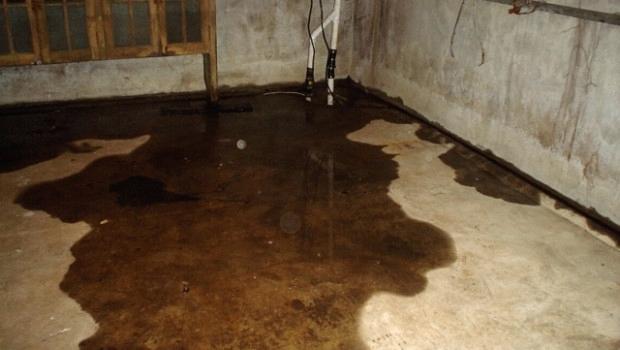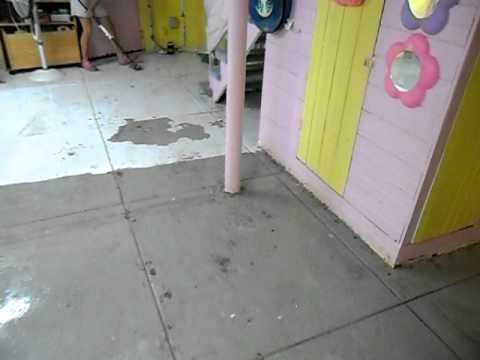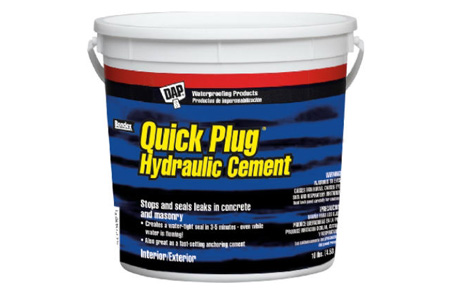According to research by the American Society of Home Inspectors, more than 60% of all basements have moisture, and 38% of all basements have either mold or fungi. Basement leaks can also occur in the first 10 of 15 years of a house’s life.
This research is definitely a cause for concern. This means that it is very likely that at some point you will have to deal with one of the problems mentioned above. But not many scenes will fill homeowners with more horror than imagining that their basement will be flooded and water will enter their home.
If you discover water in your basement, you should be concerned. Not only can it cause moisture and mold, it can also indicate much bigger problems that can escalate at some point. To protect yourself and your family, you need to know how to prevent water from getting through the basement. Fortunately we are here for you.
Why is the basement leaking from the floor?
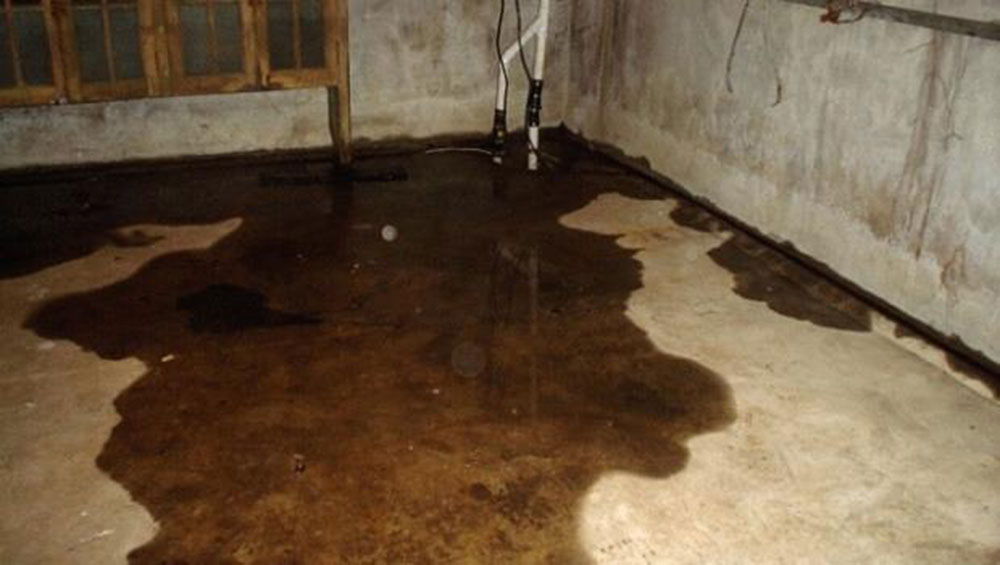
There can be several reasons that the water gets into your home. Here is the most common.
Spring rain. It may be nice for your flowers and garden, but not so good for your basement. The water of the rain can get into your basement and give you a big headache. And you might be wondering where the water is coming out and how you can stop it. But you are certainly not alone.
The water creeps through the cracks and holes in your basement. But why is it happening?
During the rainy season, the water table rises naturally and the level outside the basement rises above the ground. This means that your basement looks like a boat in a pond: as soon as there are small cracks or holes, the water seeps through them. And the more water there is, the greater the consequences.
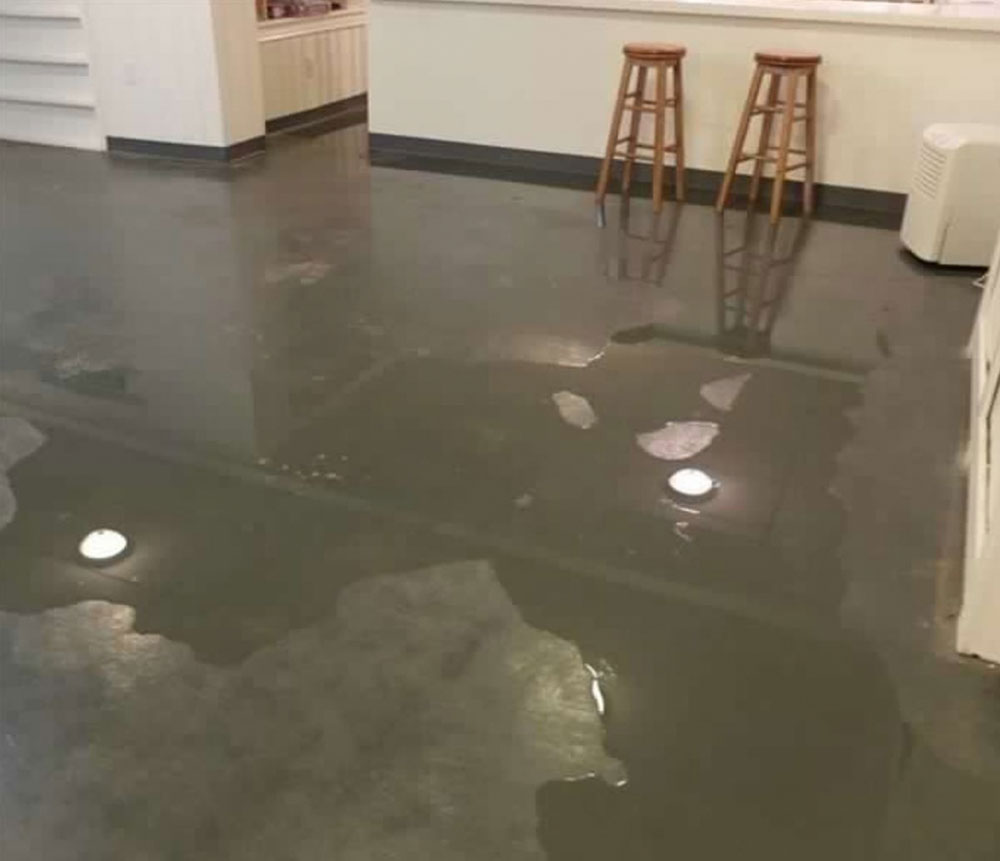
You will know that this is a problem if you find that water rises through cracks in your basement and in several places.
This is an even bigger problem for older houses. Many of these older households do not have a sump pump, which means that they are directly connected to the urban storm sewer system. And if the basement is below street level, the likelihood that this will be a problem is even greater.
The water could be pushed out of the urban rainwater sewer system towards the perimeter foundation drainage system. There, the water can saturate the soil around your basement, which can lead to unavoidable pressure and flooding.
But how can water be prevented from getting through the basement?
It’s all about prevention – keep water away
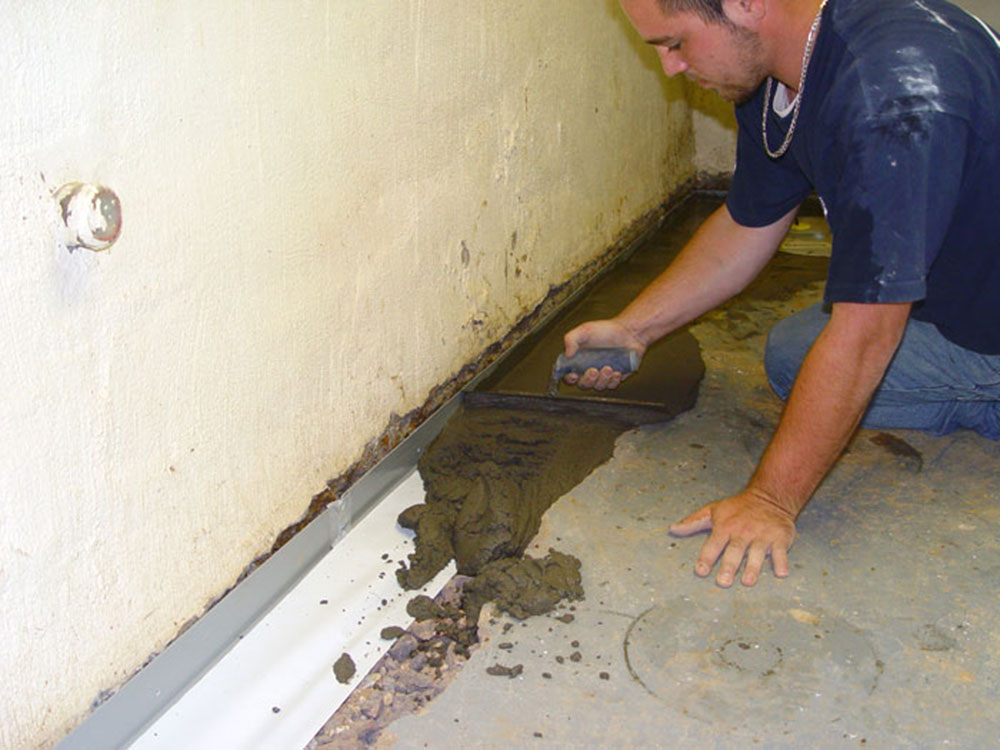
To know how to prevent water from getting through the basement, we first need to know about preventive measures.
The first step begins with completely draining the rainwater from your basement. This can include tasks such as proper sorting, gutter maintenance, downpipe expansion, crack repair, window well covering, sealing, concrete, brick, and masonry sealing. These are simple steps, but they provide massive protection against water that gets into your basement.
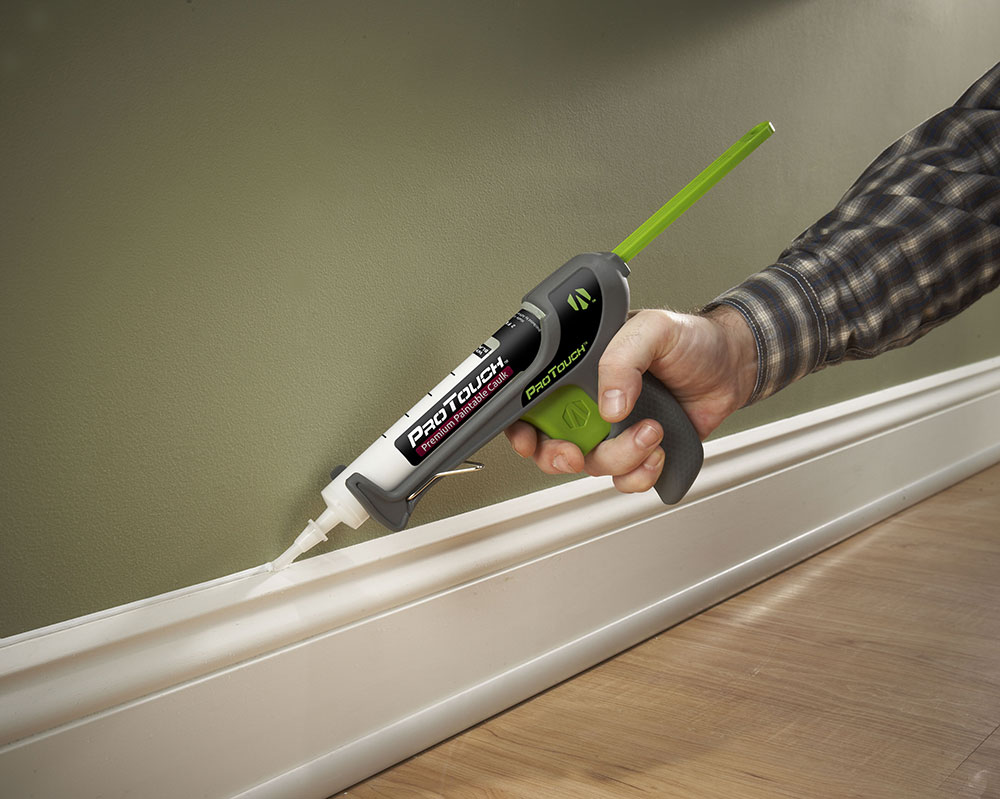
It is very important to drain the water after heavy rains and melting snow. Here we look at how you can prevent water from entering by first channeling it away from your basement. Only a few simple steps are required, but they can make a huge contribution to flood protection.
Clean the gutters

If the gutters clog, they are much more likely to cause problems. They can easily overflow and the rainwater will soon collect around the foundation of the house. It is therefore very important to clog the gutters: remove the leaves and debris from the gutters, install leaf guards or downpipe extensions and keep them under constant control.
Gutter extensions
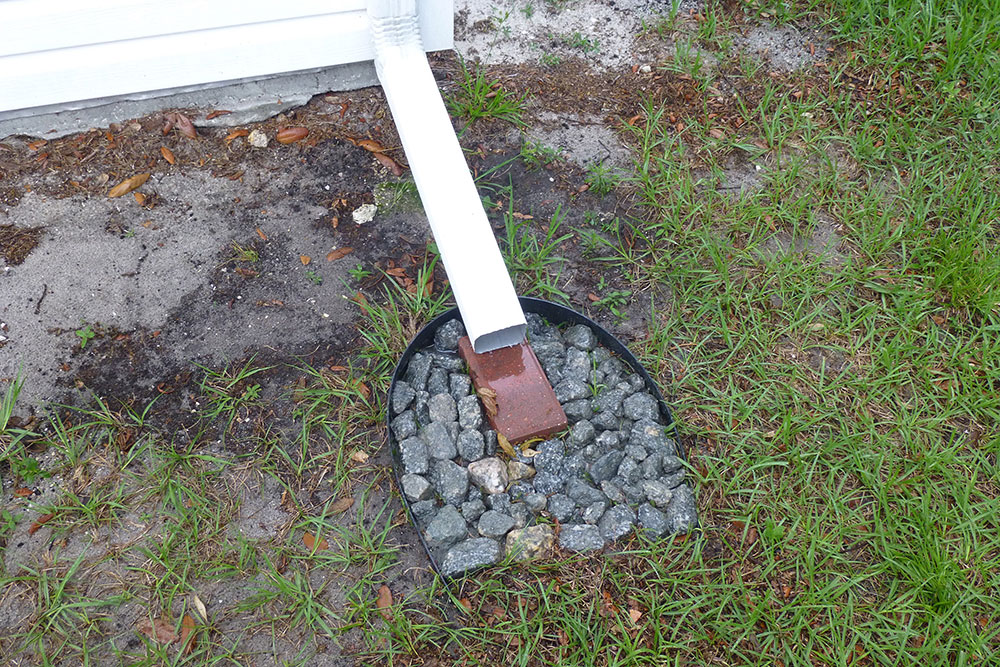
Add plastic or metal extensions to your gutters. If the gutters bring the water too close to your house, it is inevitable that some or all of it will end up near or in your basement. The downpipes direct the water away from home and you are saved from the additional water that gets into your basement.
Use a water-repellent clay-clay mixture
Over time, the floor settles around your foundation, leaving more room for the water that can escape into your home. You can solve this problem by buying a water-repellent clay-clay mixture and doing more basic work to prevent water from entering.
Create an incline
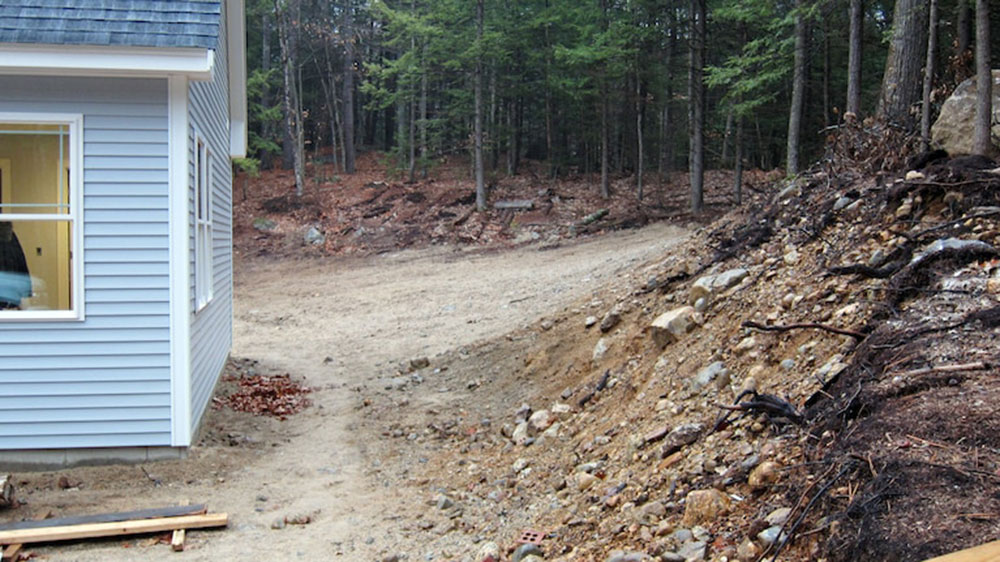
The land around your house should slope away from your house to let the water run away from it. If this has not already been done, make sure that no water enters. Check the floor next to the foundations for various depressions and depressions. You can easily fill them with dirt to let the water drain off.
If you have lawn edges or gravel around your house, consider a slope. It should be 6 feet. wide and should fall 4 cm from the foundation. Cover the floor with poly and hide it with mulch or gravel. This should let the water flow.
This will prevent water from escaping through the basement floor
Method 1: Install a drainage system
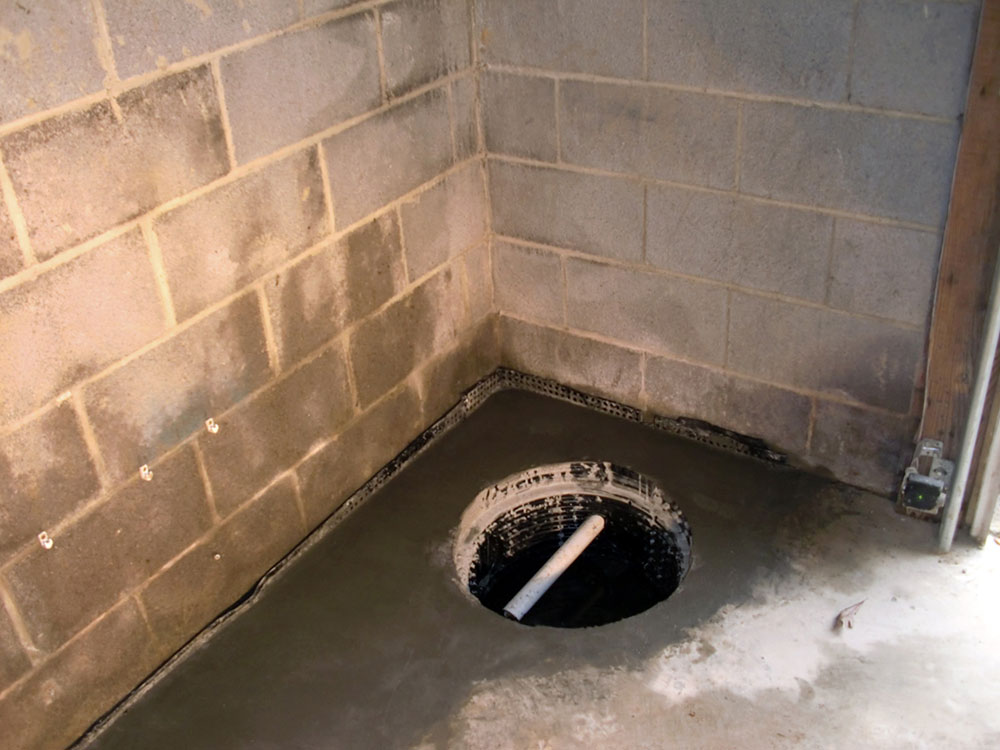
The installation of a drainage system can be done by yourself, but it requires skill, precision and a lot of knowledge and experience with this type of work. This means that professional help should be sought if you don’t know much about it.
The materials alone can cost up to $ 1,000. If you need professional help, you should be willing to spend an additional $ 3,000 to $ 8,000.
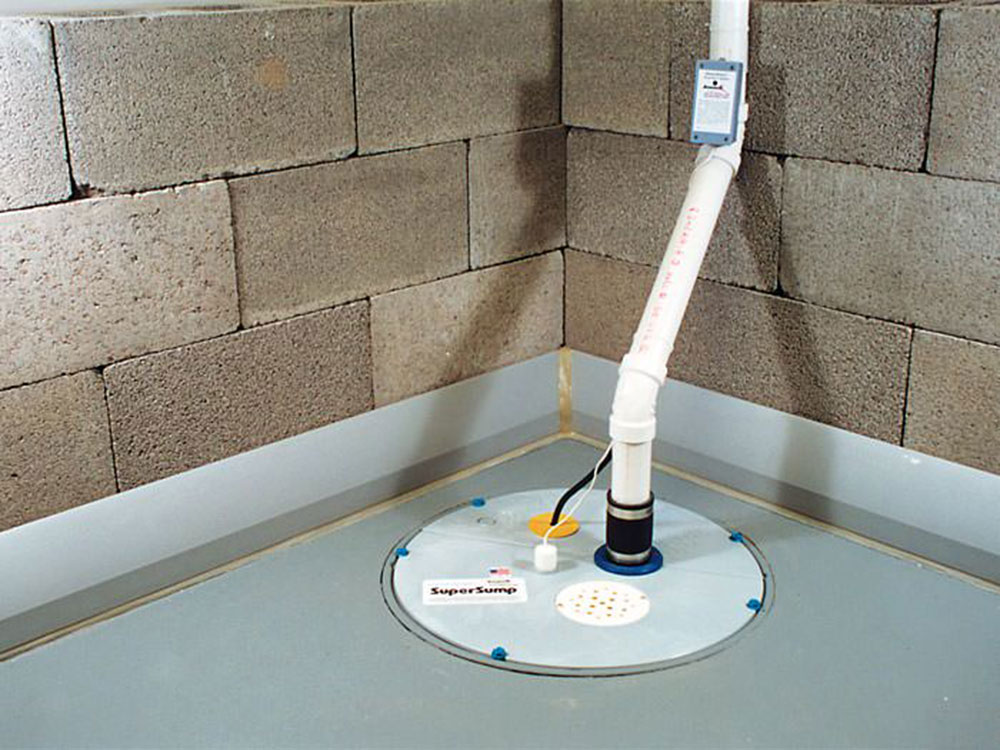
However, the reward of a drainage system is remarkable. First, the hydrostatic pressure is reduced and you can catch the water before it approaches your basement. The drainage tile collects the water that flows through the foundation walls, and the drainage system directs the water to the sump pump, which pumps the water away from your house.
This process requires a lot of digging, piping and time. If you want to do it yourself, you can do the following.
Break out the concrete, but leave the small sections intact to prevent the wall from falling. Make sure you support the wall properly. Tunnel under the stove if you have one. The materials can be found at a local home center. You will also need to order some stone and a pickup to take the dirt to the landfill.
Method 2: Waterproof Your Basement
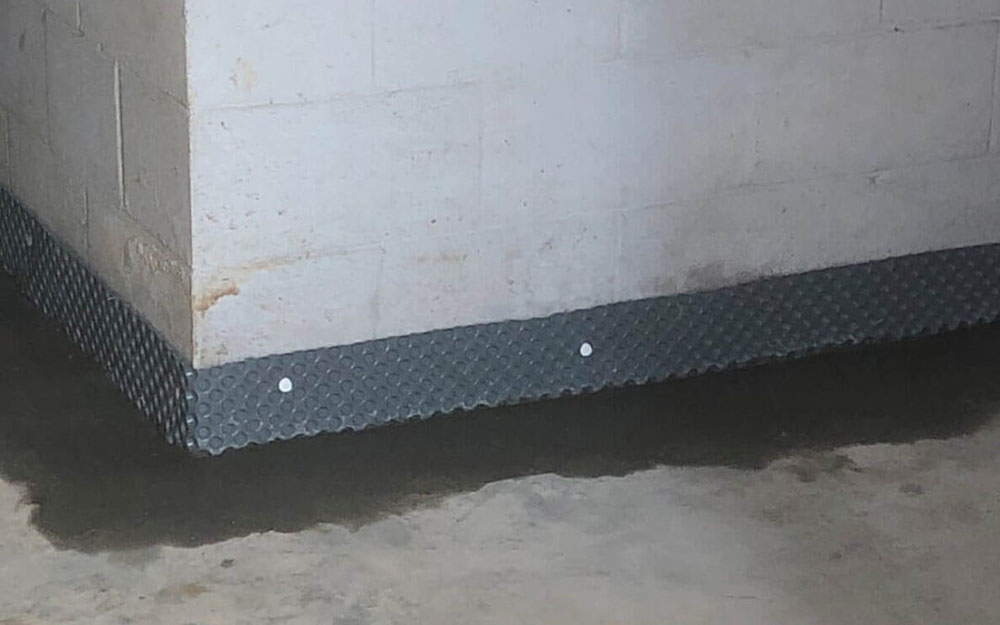
A good way to prevent water from entering the basement is to waterproof the basement. This includes fixing and filling the holes and cracks in your basement as well as sealing the walls of your basement.
First, you want to plug the holes and cracks in the foundation. Not only water can penetrate through the cracks, but also moisture. It won’t solve the leaks, but it will certainly decrease the likelihood of a leak. Use hydraulic cement to close the holes as it expands and locks in much better when inserted into a hole.
For this you need a cold chisel and an angle grinder with a wall cutting disc. First, you want to enlarge the hole or crack into an inverted V. Follow the instructions on the packaging for better installation.
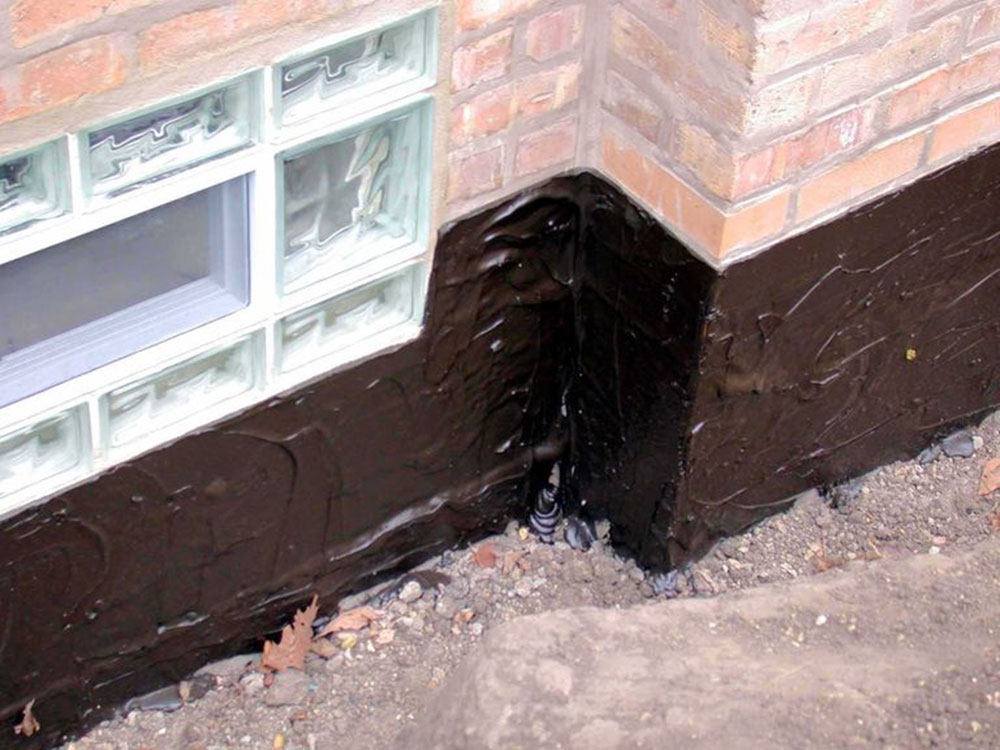
You should also make your basement walls waterproof. For this you need a waterproofing membrane. Start brushing the coating in all directions and fill every hole and crack. You should also add a second layer for better insulation.
If the wall is dry, let it dry first. If it is wet, the material will not stick so easily and the whole process will not be as effective. If you can’t speed up drying, install a fan to increase evaporation and make sure there is enough air to prevent moisture and mold.
Final thoughts on how to prevent water from getting through the basement
Hopefully you now know how to prevent water from getting through the basement. Prevention is important and there are many things you can do.
If you’ve read this article about how to prevent water from getting through the basement, you should also read this:
 TopsDecor.com Home Decor Ideas
TopsDecor.com Home Decor Ideas
